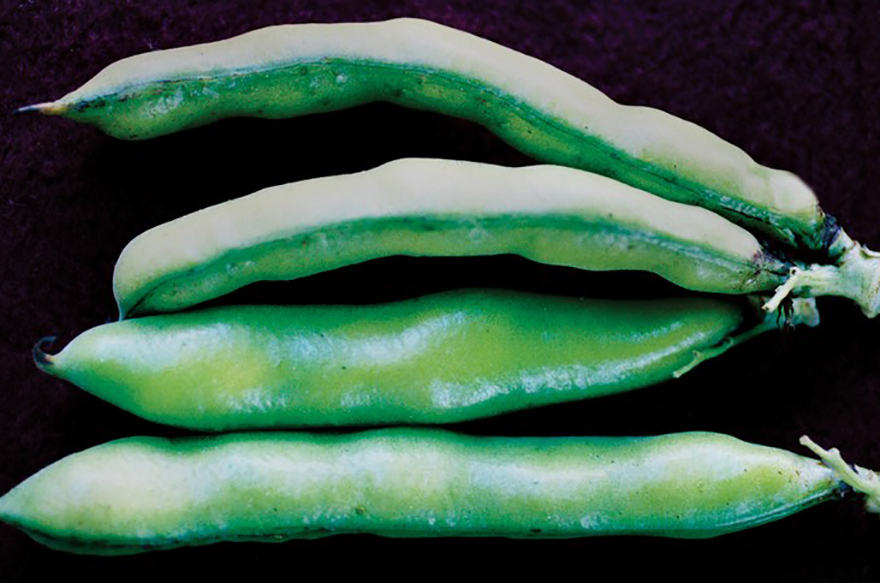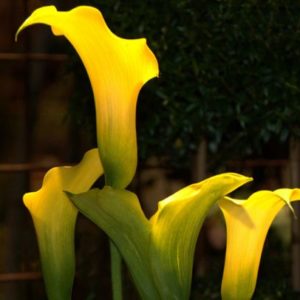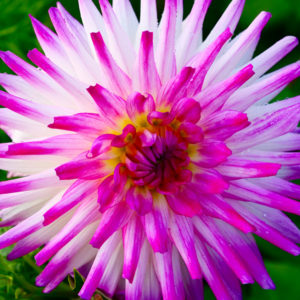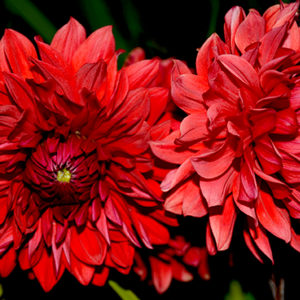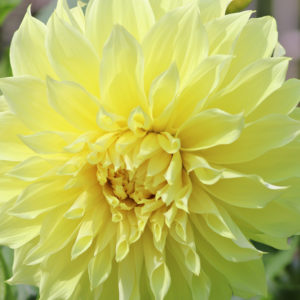Description
 Broad Bean, Fava Broad Windsor
Broad Bean, Fava Broad Windsor
Bean cultivation can be traced to the earliest vestiges of human civilization. Beans may have been the first vegetables that mankind learned to cultivate. Fava beans have been found in Neolithic excavations in Switzerland. Chickpeas, favas and lentils have been found in Egyptian tombs, and the Chinese started growing soybeans around 1500 BC. However, many of the beans that we are familiar with today, like the common or kidney, lima and runner bean came from the Americas and were not introduced into Europe until the time of Christopher Columbus. The oldest archaeological evidence of common beans in the New World comes from Tehuacan, Mexico and has been radiocarbon dated to 7000 BC.
Fava beans are also known as broad beans. Before the introduction of the snap beans into Europe, the fava was the most widely consumed European bean. Favas are a very ancient variety eaten as far back as the Stone Age. The beans were first cultivated around 4800 BC near Sicily, Italy. The famous Roman family of Fabius derived their name from faba which is Latin for fava. The fava bean lost favor in Europe after the introduction of the snap beans because the fava bean has a leathery skin which must be removed before eating. Fava beans are one of the few beans that can be eaten fresh as well as dried and can be ground into a meal similar to cornmeal for making bread. Unlike most other beans favas will tolerate some frost and prefer cool, rainy weather. Fava beans are huge, about the size of quarters, and range in color from pale green and gold to deep purple. Favas grow on bushes which reach up to 4 feet in height.

